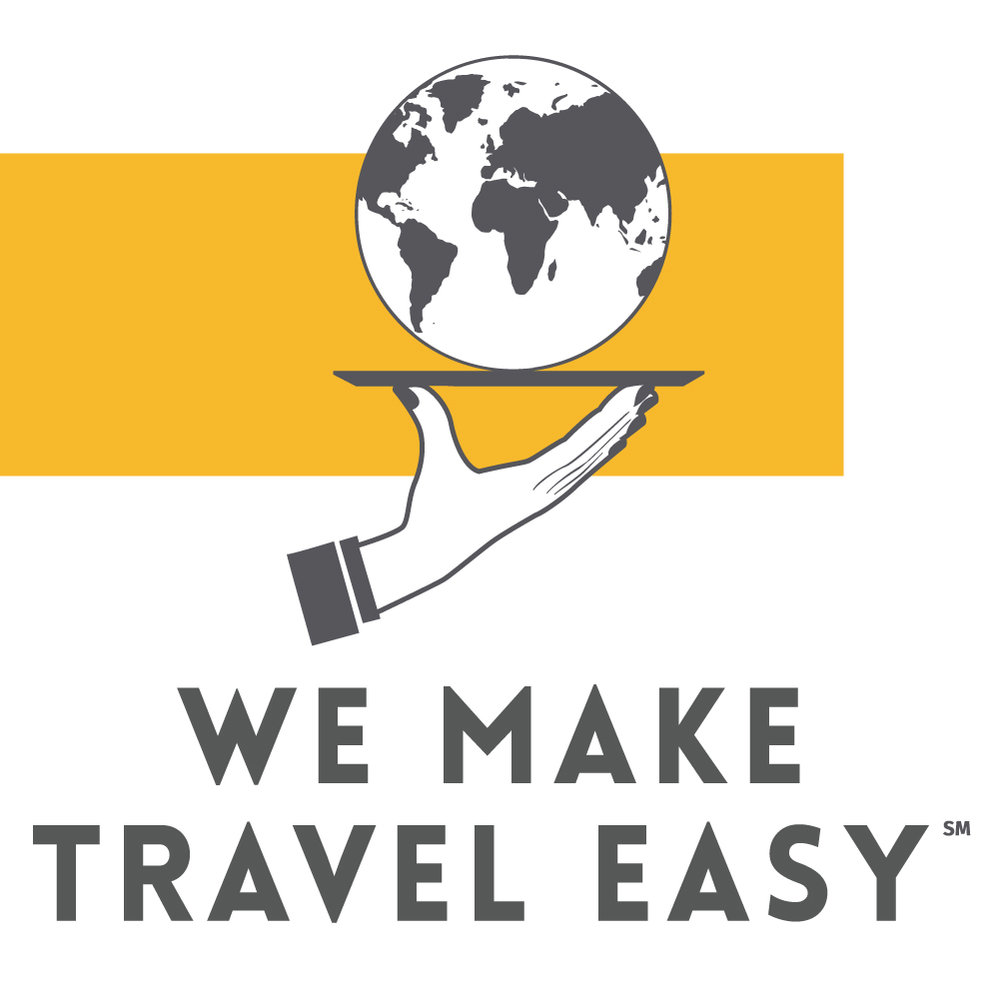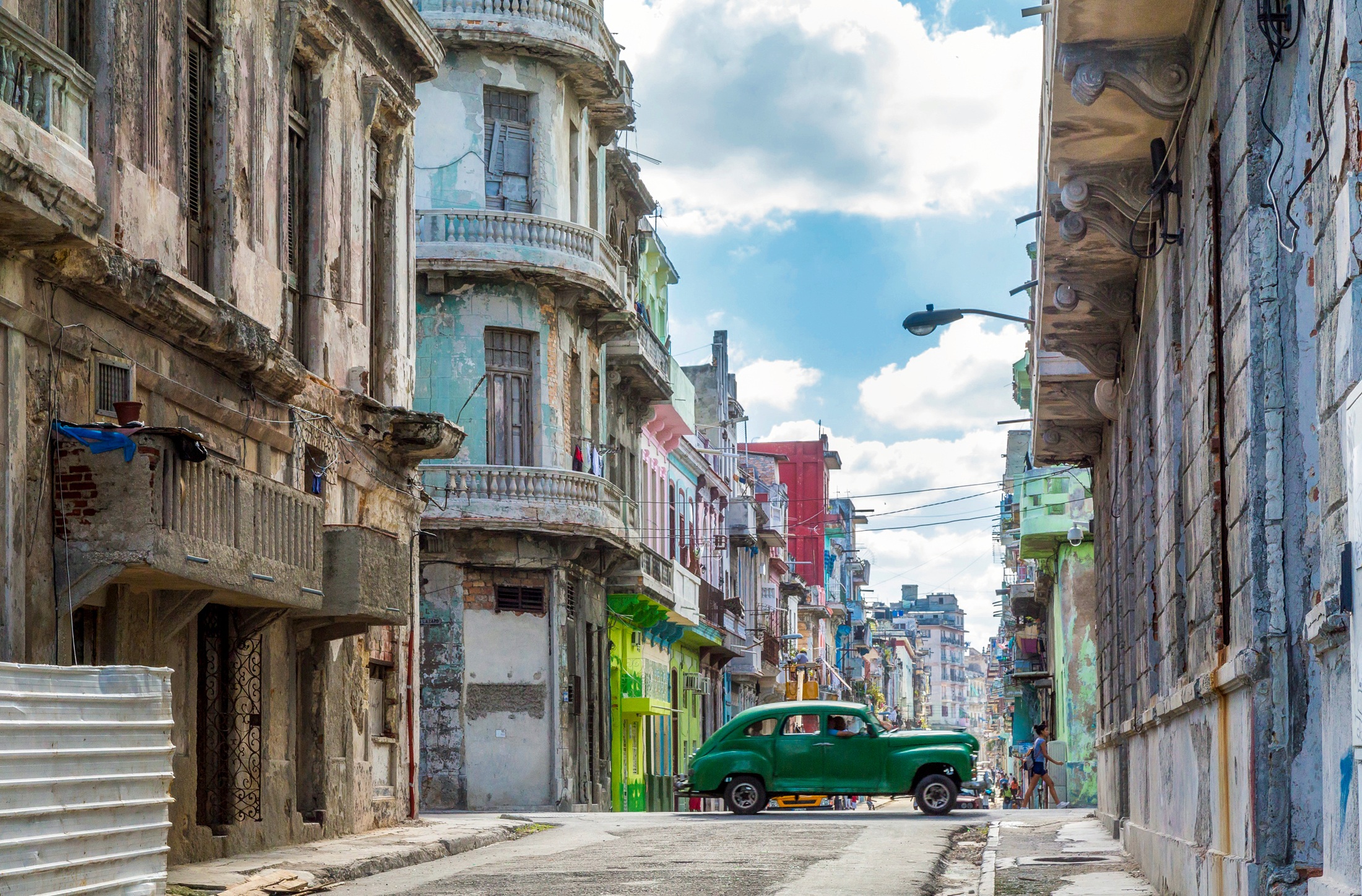Tipping is one of the most common question I get asked. It’s always confusing; whom do you tip, when, and how much? Here are some guidelines that should get you through most situations.
Airports
If a rental car shuttle driver is helping load those heavy suitcases, it’s a good idea to tip him/her at least a dollar or two per bag. Double that for airport skycaps who assist in checking your bags. And depending on the length of the trip from counter to gate, a wheelchair attendant should receive $5 and up.
Hotels
Arriving by taxi or limo? Absolutely tip your driver. Taxi drivers should receive 15 to 20 percent for good service – arriving safely, within a reasonable amount of time, in a comfortable atmosphere. You can adjust upward or downward for a particularly good, or bad, ride. Same thing with limo drivers – 20 percent is a good rule of thumb whether it’s a ride in from the airport or an all-night clubbing adventure in Las Vegas.
If you drive in with your own car and use the hotel’s valet service, there’s always the question of when to tip. Coming, or going? Answer: Definitely going. Tipping $2 to $5 when the valet retrieves your car when you are leaving the hotel for sightseeing or a dinner is fairly common. Some people also like to tip when returning to the hotel, but that is at your discretion.
Bellhops should receive $3 to $5 a bag, obviously on the lower end for a gym bag or shopping bag and on the higher end for carry-ons and larger suitcases.
Tipping the concierge can be tricky, so think of it in terms of hierarchy. A simple dinner reservation is worth a tip of $5 to $10, perhaps more if it’s a reservation that you couldn’t get, and the concierge was able to. But if he or she is scoring you tickets to Hamilton, or pulling strings to get you front of the line at a trendy club, it clearly demands much, much more – even upward of $50. The concierge doesn’t necessarily expect it, but it is always appreciated.
Your hotel maid absolutely deserves a tip, and most experts suggest $2 to $5 a day, a little more for a larger room or a suite. Clearly mark the envelope and place it on the nightstand or another prominent place.
If you are staying at a high-end hotel/resort and have butler service – especially when the butler is unpacking and packing bags, getting your ironing or dry-cleaning done, drawing a bath, providing turn-down service – the general rule of thumb is 5 percent of the hotel bill. So, if you spend three or four nights at a resort and the total bill is $1,000, you should leave the butler $50 for exceptional service.
Restaurant waiter or bartender Just as you would tip your while going out at home, certainly tip them at a hotel, and be sure to tip a few dollars to those who deliver your room service order.
Service workers It doesn’t hurt to tip the one who bring you an umbrella or towels at the hotel pool, $1 to $2 per item.
Cruises
You should know the tipping policy of your cruise line before you go. In general, the mainstream cruise lines will charge you about $12 a day per person (or $24 for a two-person cabin) in gratuities. That money is split among the crew members whom you come in contact with most every day, notably your housekeeping staff and your dining staff. That amount varies for passengers who stay in suites or in high-end cabins that offer butler service.
And some cruise lines, such as Seabourn and Regent Seven Seas, have strict no tipping policies, as such charges are often built into the cost of the ticket.
To be fair, cruise lines that do charge the automatic gratuity give you advance notice at the start of the cruise that the tip will be added to your onboard bill at the conclusion of the trip. And, you have several options. You can opt out entirely and tip crew members on your own, especially if you eat in different dining rooms or restaurants instead of the main dining room. You can also add to the $12 per day – or subtract from it – at your discretion.
Your bar bill will likely already include a 15 percent tip on it, but just like a night out at any establishment a few dollars up front will certainly serve you well with your bartender.
Spa treatments also generally include a 15 to 20 percent tip on the bill.
It is still customary to give a couple of dollars to porters who help with your bags, and for a room service order.
Shore excursions are sometimes set up by companies separate from the cruise line, but you should generally tip your guide $2 to $4 for half-a-day, double that for full-day excursions.
Safaris
In general, tip your guide $10 a day and your tracker $5 per day, at the end of the safari.
Adventure guides
Did you raft down the Colorado River and live to tell about it? Think about tipping your guide $25 per day per person in your party.
Tour bus drivers
While not necessarily customary, tipping the driver a couple of dollars when you are returned to the hotel or to the port is a nice gesture. There are times when a tour organizer might ask the bus passengers to drop a dollar or two in a jar for the driver as well.
Traveling abroad
As different countries have varying, and sometimes opposite, rules and customs, this is a great web site to get country specific.
In some countries, such as Japan and China, tipping, especially at a restaurant, is considered an insult. In countries like the United Arab Emirates, tipping is a government mandate and is often added to a bill.
When in doubt, ask your guide. If you are on your own think about the services and the value, it had to you. Hot day, heavy bags, carried your packages, took you someplace very special, made your trip; all good reasons to show your appreciation.
Are you a travel enthusiast? Do you want to share your unforgettable travel experiences? Well, our doors are wide open for you. We are looking for guest bloggers who have the passion of traveling and writing about their travel experiences. We can feature your work on our blog as your portfolio. Get in touch with us!
Enjoy reading my blog? Sign up for my newsletter to be a We Make Travel Easy travel insider.












